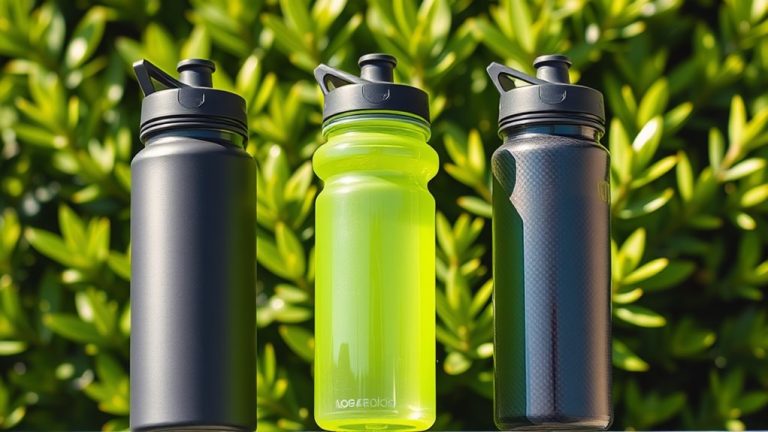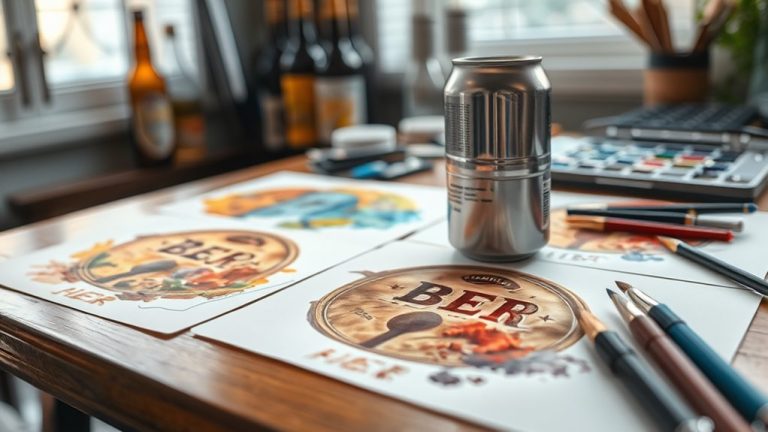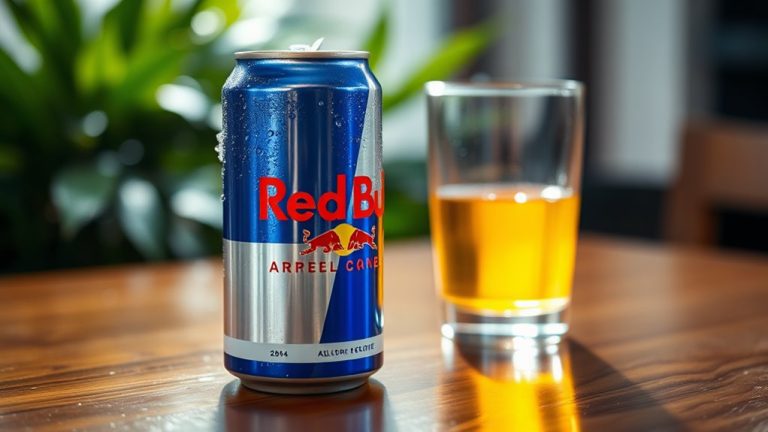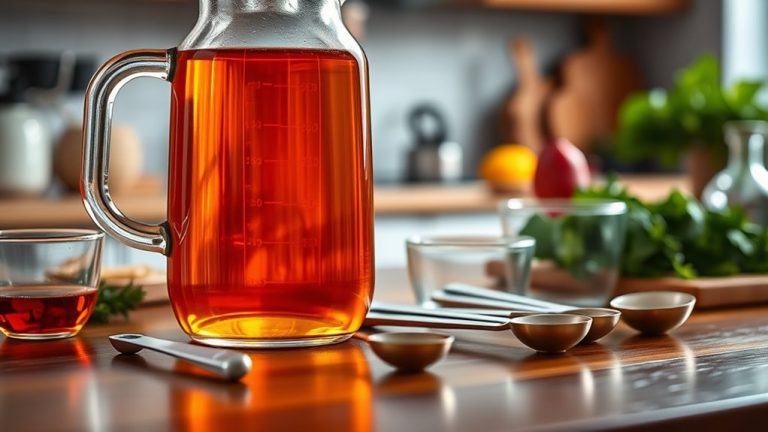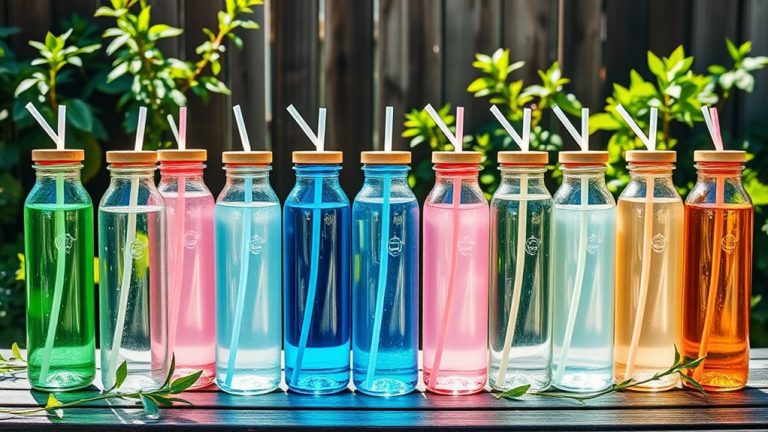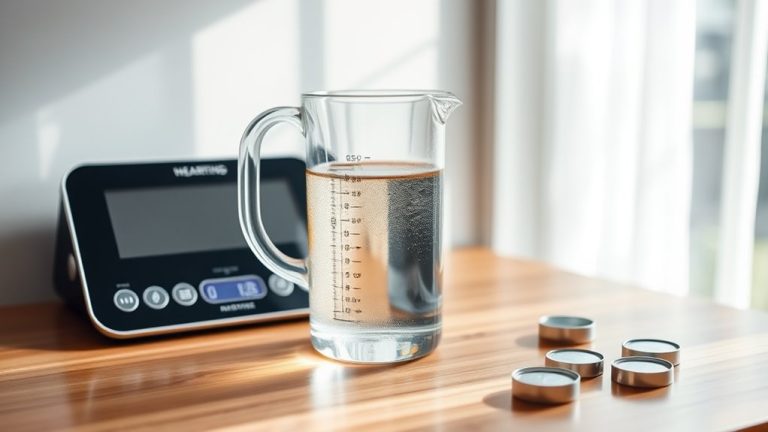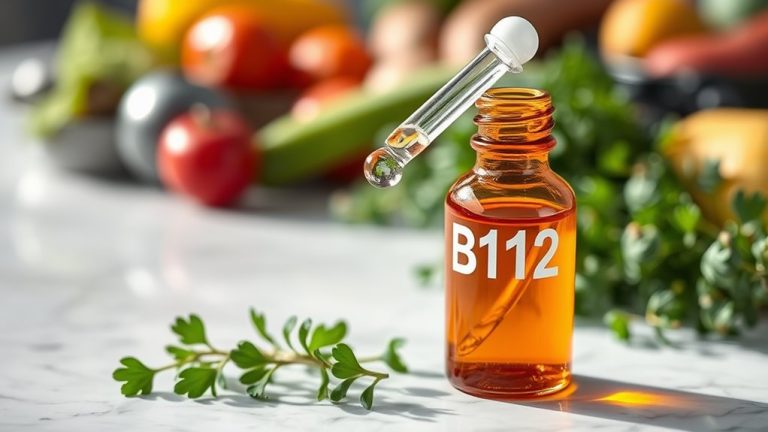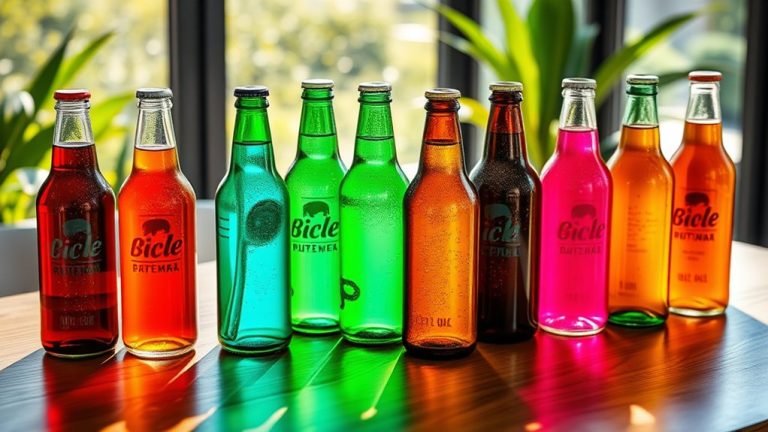Top 3 Bike Water Bottles for Cyclists in 2025
For cyclists in 2025, the top three water bottles include the CamelBak Podium Dirt Series Chill, which offers excellent insulation and a leak-proof design, the Polar Bottle Sport, known for its durability and wide mouth for easy filling, and the eco-friendly Elite Jet 550ml, ideal for conscious riders looking for lightweight convenience. Each bottle has unique features enhancing hydration on the go. Discover how these bottles can elevate your cycling experience further.
When you're cycling, having a reliable water bottle is essential for maintaining hydration and performance. In 2025, the market offers a range of options tailored to meet the specific needs of cyclists. Selecting the right bottle involves considering factors such as material, insulation features, and overall usability. Here, we'll discuss three top bike water bottles that stand out due to their innovative design and functionality.
The CamelBak Podium Dirt Series Chill is an excellent choice for those who prioritize insulation and flow rate. This bottle is designed with double-wall construction to keep your drinks cold for extended periods, making it ideal for long rides in the heat. The efficient flow rate allows for quick sips without the need to stop, which is vital when you're pushing your limits on the road or trail. Additionally, water bottle cages are essential accessories for carrying water on bikes, ensuring hydration during rides.
The CamelBak Podium Dirt Series Chill excels in insulation and flow rate, perfect for hot, long rides.
In addition, its squeezable body provides an easy grip, allowing you to hydrate without fumbling. The specialized nozzle design includes a locking mechanism, preventing leaks while you ride, which is a common concern for cyclists.
Another strong contender is the Polar Bottle Sport Insulated Water Bottle. This model stands out for its durable construction and user-friendly design. With a capacity of 20oz, it strikes a balance between size and weight, making it portable for long distances.
The insulation feature keeps your beverages cold for hours, ensuring you stay refreshed. Its flexible body allows for easy squeezing, and the textured grip enhances handling, even when your hands are sweaty. Moreover, the Polar Bottle's wide mouth makes filling and cleaning a hassle-free process, which is vital for maintaining hygiene during your rides.
Lastly, the Elite Jet 550ml Bottle deserves mention for its eco-friendly attributes. Crafted from biodegradable materials, it appeals to environmentally conscious cyclists who want to reduce their carbon footprint.
Though smaller in capacity, it fits well in most bike cages and is lightweight, making it an excellent choice for those focused on minimizing weight on their bike. Its nozzle design allows for hands-free hydration, so you can maintain speed without breaking your momentum.
With the growing awareness of environmental issues, this bottle represents a shift towards sustainability in cycling gear.
Conclusion
In the grand race of hydration, it seems bike water bottles are now competing for the title of "Most Likely to be Left on the Roof." While you've got your top three contenders boasting innovations like self-cleaning features and eco-friendly materials, let's not forget the age-old challenge of actually remembering to take a sip. So, as you pedal into 2025, choose wisely—after all, staying hydrated is essential, unless you're aiming for that elusive title of "Dried-Up Cyclist."
